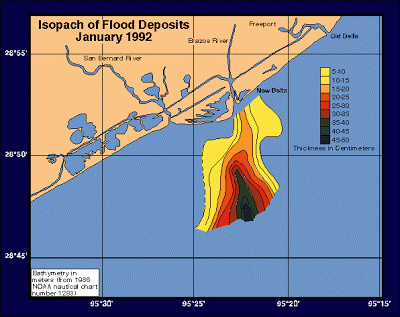
An index value plot is a graph that shows positive and negative fluctuations across a middle line called the norm line, which is what is normal over a period of time. The above is a graph of the monthly values for the AMO (Atlantic multidecadal oscillation) index.



































